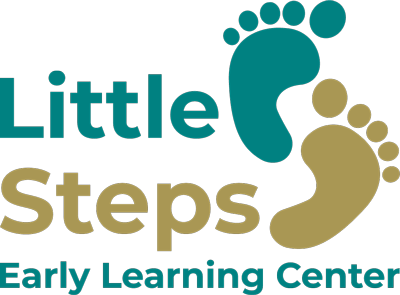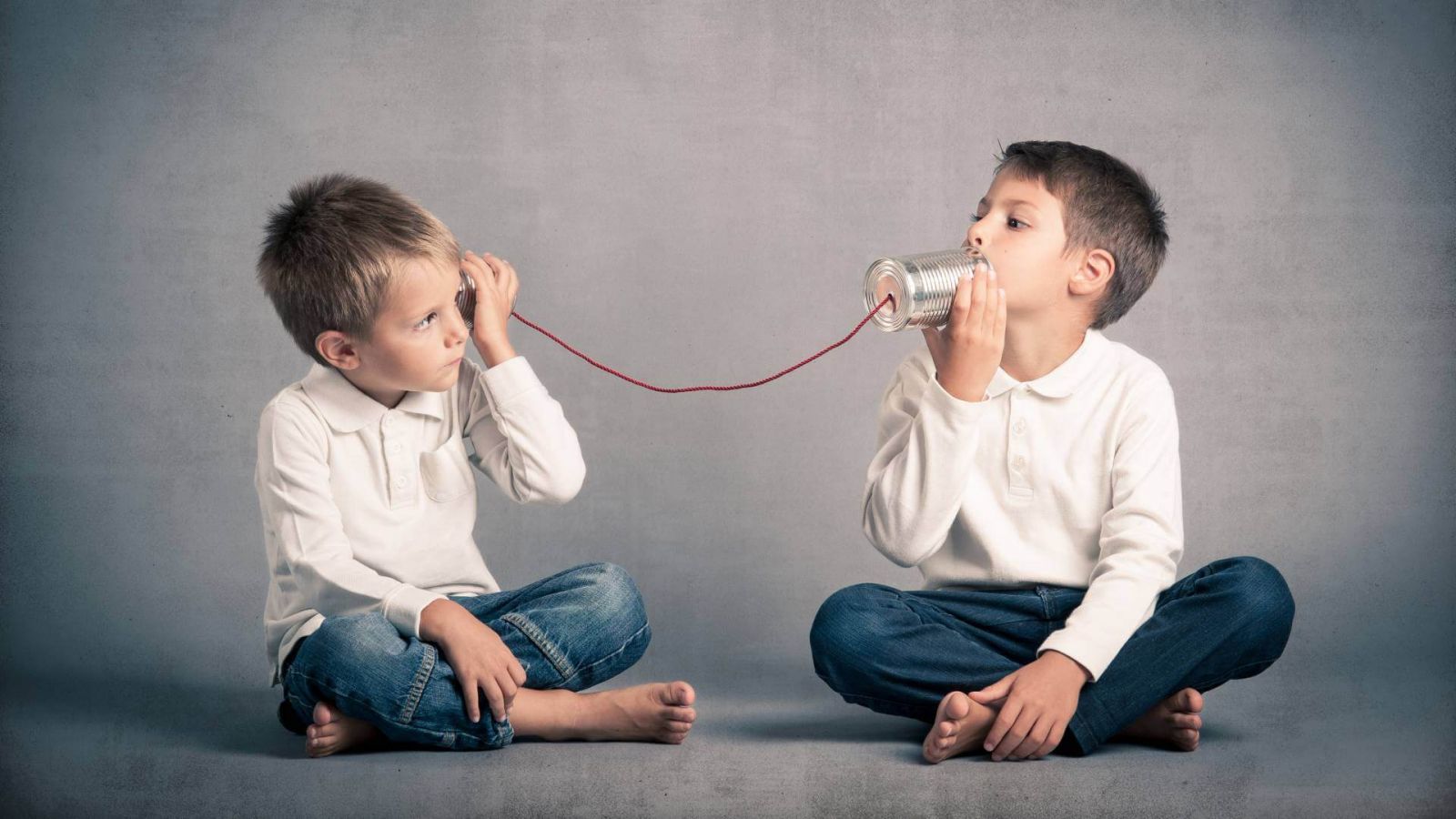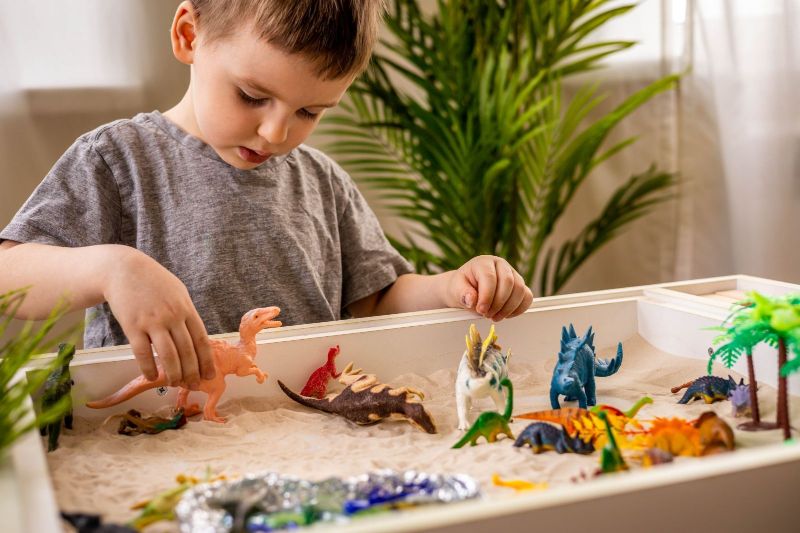Sensory play is a crucial component of early childhood education that provides opportunities for young children to explore, discover, and learn through their senses. For pre-K students, sensory play experiences can help to support their cognitive, social-emotional, and physical development.
What is Sensory Play?
Sensory play is any activity that stimulates the senses and encourages children to use their senses to explore their environment. This can include activities that involve touch, taste, smell, sight, and sound. Sensory play can involve materials such as sand, water, playdough, and sensory bins filled with a variety of materials like beans, rice, or pasta.
The Benefits of Sensory Play for Pre-K Students
Sensory play offers many benefits for pre-K students, including:
Supporting cognitive development: Sensory play experiences provide opportunities for children to engage in problem-solving, critical thinking, and creativity. By exploring materials, children can learn about cause and effect and develop early math and science skills.
Encouraging social-emotional development: Sensory play experiences can support the development of social skills such as sharing, cooperation, and turn-taking. They also provide opportunities for children to explore and express their emotions and feelings.
Developing fine motor skills: Many sensory play activities involve the use of small muscles in the hands and fingers, which can help to develop fine motor skills.
Encouraging language development: Sensory play experiences can provide opportunities for children to engage in conversation, ask questions, and describe their experiences. This can support language development and vocabulary growth.
Promoting independence: Sensory play activities can be designed to encourage independence and self-direction, as children are given the opportunity to explore materials and activities at their own pace and in their own way.
Examples of Sensory Play Activities for Pre-K Students
Sensory bins: Fill a large container with materials such as rice, beans, or pasta. Add tools such as scoops, cups, and spoons for children to explore and manipulate the materials.
Playdough: Provide children with playdough and tools such as rolling pins, cookie cutters, and plastic knives for cutting. Encourage them to use their imaginations to create different shapes and designs.
Water play: Set up a water table or provide children with a large container of water and various tools for scooping and pouring. Add materials such as rubber ducks or water toys to encourage imaginative play.
Sand play: Provide children with a sandbox or container filled with sand. Add tools such as shovels, buckets, and molds for children to create structures and explore the properties of sand.
Oobleck: Mix cornstarch and water to create a slimy, non-Newtonian fluid that children can manipulate and explore.
Tips for Incorporating Sensory Play in the Pre-K Classroom
Provide a variety of materials: Offer a range of materials for children to explore, including natural materials such as rocks, leaves, and shells.
Offer open-ended activities: Encourage children to use their imaginations and explore materials in their own way. Avoid activities that have a specific outcome or require children to follow a set of instructions.
Offer opportunities for messy play: Sensory play can be messy, so be sure to offer materials that can be easily cleaned up and provide smocks or aprons for children to wear.
Incorporate sensory play into other activities: Sensory play can be integrated into other learning experiences, such as science experiments, art activities, and dramatic play.
Provide opportunities for reflection: Encourage children to talk about their experiences and reflect on what they learned during sensory play activities.
Sensory play is an essential component of early childhood education that provides numerous benefits for pre-K students. By engaging in sensory play activities, children can develop cognitive, social-emotional, physical, and language skills while exploring and discovering the world around them.
Pre-K teachers can incorporate sensory play into their classrooms by offering a variety of materials, open-ended activities, opportunities for messy play, and opportunities for reflection. Sensory play can be integrated into other learning experiences and can be used to support children's learning in many different areas.
It is important to remember that sensory play is not just about providing children with materials to play with, but also about creating an environment that is safe, supportive, and engaging. By offering high-quality sensory play experiences, teachers can help to support children's development and prepare them for future learning success.


